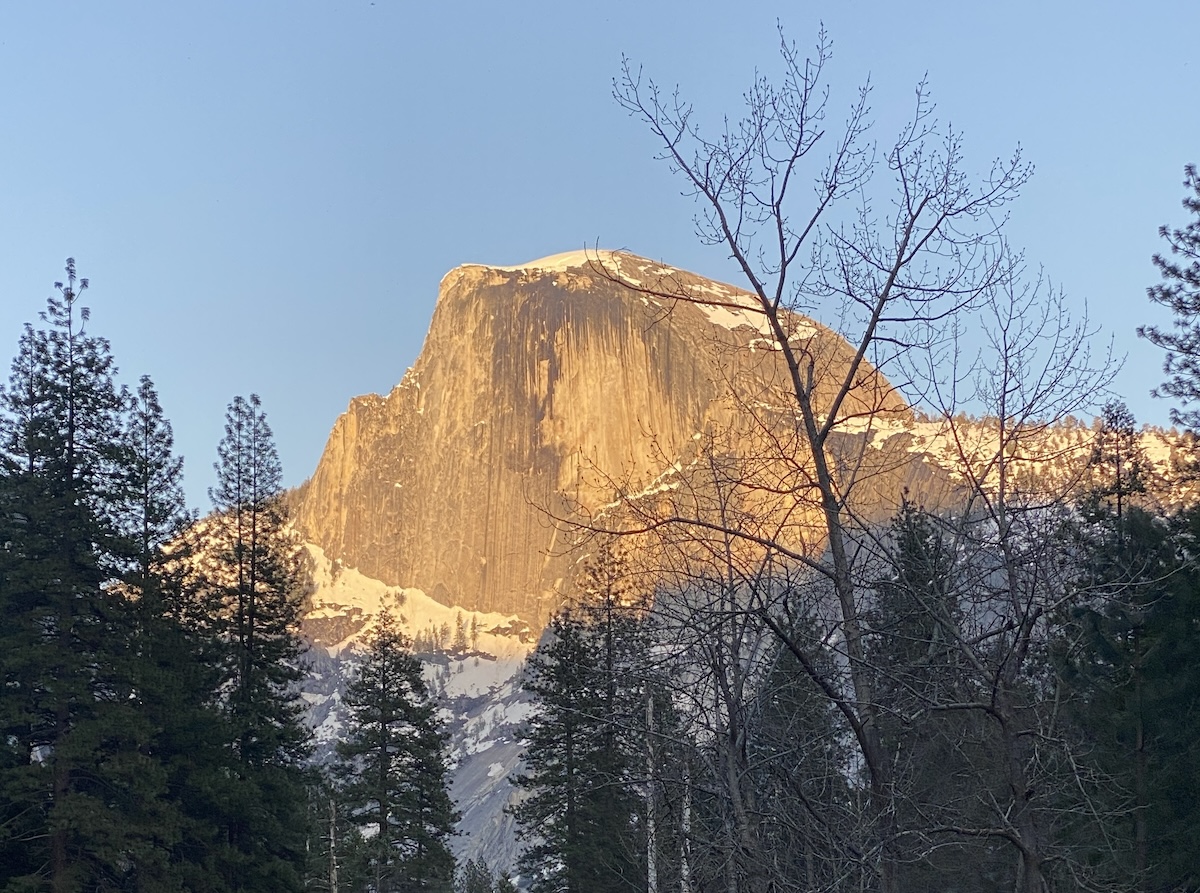To Californians, the lore of Yosemite’s wilderness and what it represents knows no bounds. The park’s history is interwind with the development of the state of California and has long been synonymous with exploration and adventure. Yosemite Valley was inhabited by the Ahwahneechee people, a subgroup of the Miwok tribe. The first European Americans to enter Yosemite were part of the Mariposa Battalion, a militia formed to suppress Native resistance during the California Gold Rush. Yosemite’s natural beauty was not lost on early Americans. It became the first protected land in the US during the Civil War when President Abraham Lincoln signed the Yosemite Grant Act in 1864, which set aside Yosemite Valley and the Mariposa Grove of giant sequoias for public use and preservation. Famed naturalist John Muir considered the father of national parks, became enchanted with the area after visiting in 1868 and became its most vocal advocate. Eventually, Yosemite became the United States’ third national park, after Yellow Stone and Sequoia. For the mountain bike world, Yosemite and the greater Sierra are an integral part of our sports history.
 Yosemite is famous for granite peaks but just outside the national park you can also find plenty of rock. Photo credit: Tony Zentil
Yosemite is famous for granite peaks but just outside the national park you can also find plenty of rock. Photo credit: Tony Zentil
Yosemite Beyond the Park
Outside of park boundaries in the Yosemite National Forests, there’s more acreage of public lands than in all the California parks put together. These public lands are as raw and rugged as you can find. There are no access fees and fewer restrictions on where you can park and camp. It’s just the wilderness, and it’s available to anyone who wants to access it. Just outside the park, the Yosemite Gateway is near and dear to the FIX team. The Yosemite Gateway is made up of four distinct zones. To the north, you’ll find Tuolumne County and the Tuolumne River, accessible via Highway 120 and the town of Sonora. The west features the Merced River and the town of Mariposa, reached via Highway 140. In the east, there’s Highway 120 leading to the nearby town of Mammoth Lakes. Finally, to the south, you have Oakhurst and Highway 41.
 An example of mountain bike accessible granite near Bass Lake. Photo Credit: Tony Zentil
An example of mountain bike accessible granite near Bass Lake. Photo Credit: Tony Zentil
The History of Mountain Biking in Yosemite
The rugged terrain of the Yosemite and greater Sierra region served as the birthplace for modern mountain biking in the late seventies and early eighties. Early riders explored the nearby Sierra National Forest, Stanislaus National Forest, and Inyo National Forest, where there were fewer restrictions than in the national park itself. As mountain biking gained popularity, riders began to develop trails specifically for riding in addition to utilizing existing logging and hiking trails in the region.
Mountain Biking in Yosemite Today
Riding is thriving in the Yosemite area despite being banned in the park itself. In the national park, biking is limited to paved areas only, but nearby public lands offer some of the best terrain on the planet.
 Essential tools by Fix Manufacturing for your next adventure
Essential tools by Fix Manufacturing for your next adventure
Popular mountain biking areas include:
Sierra National Forest: Offers miles of trails with varying levels of difficulty, perfect for both casual riders and seasoned bikers.
Bass Lake: Just south of Yosemite, this area is known for its scenic lake views and forested trails.
Shaver Lake: Nearby China Peak has some lift service DH and Enduro trails but these days the most prized trails are outside the bike park.
Mammoth Mountain: A premier destination for mountain biking with extensive downhill trails and a bike park.
Want to give this adventure a go? Here are some resources you will need.
Reference the trail names on Trailforks for GPS – https://www.trailforks.com/
Talk to the owners / riders at Pedal Forward Bike Shop in Oakhurst about the best way to arrange shuttles – https://pedalforwardbikes.com/
Learn more about the area – https://www.yosemitegateways.com/
Help with trail maintenance / building – donate now! https://southgatetrails.org/








